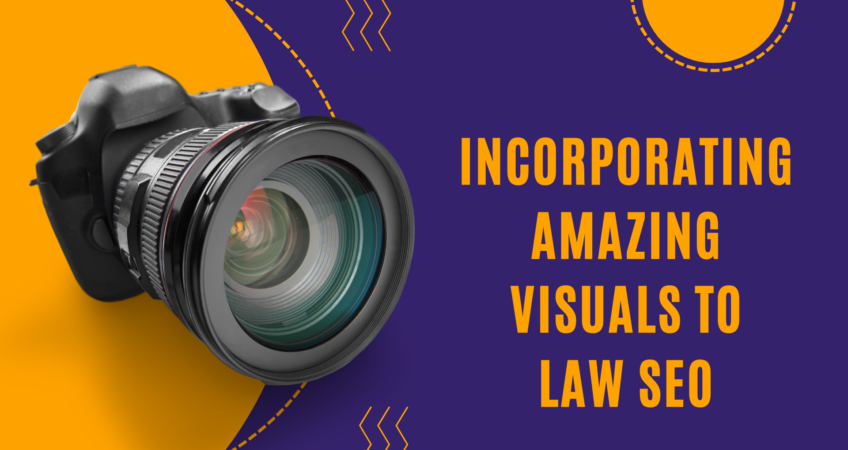
Incorporating Amazing Visuals to Law SEO
Incorporating amazing visuals in your law SEO (Search Engine Optimization) content can enhance user engagement, make your content more shareable, and improve your website’s ranking in search engine results. Visuals can include images, infographics, charts, videos, and more. Here are some tips on how to effectively integrate visuals into your law SEO in Los Angeles content:
1. Relevance to Content
Ensure that your visuals are directly related to the legal topic or subject matter you are discussing. Irrelevant visuals can confuse readers and may not provide the intended SEO benefit. The visuals should support and enhance the text.
2. High-Quality Images
Use high-quality images that are clear, well-lit, and properly formatted. Low-quality visuals can detract from the overall user experience. If you use photographs, ensure they are legally sourced or licensed to avoid copyright issues.
3. Infographics and Charts
Complex legal concepts can be made more understandable using infographics and charts. Consider creating visual representations of legal processes, timelines, or comparisons to help readers grasp the information more easily.
4. Videos
Video content is highly engaging. You can create short videos explaining legal concepts, providing tips, or introducing your legal team. Hosting videos on platforms like YouTube and embedding them in your content can also improve SEO.
5. Interactive Elements
Incorporate interactive elements like clickable diagrams or visual quizzes. These can be engaging and encourage visitors to spend more time on your website, which can have a positive impact on your law SEO rankings.
6. Optimize Image Alt Text
Search engines cannot interpret images directly, so it’s crucial to include descriptive alt text for all visuals. Alt text not only helps with SEO but also makes your law content more accessible to visually impaired users.
7. File Names and Descriptions
Rename image files to something descriptive before uploading them. For example, use “legal-tips.jpg” instead of a generic file name like “image1234.jpg.” In your website’s content management system, provide short descriptions for each image.
8. Optimize Image Size
Large image files can slow down your law website’s loading speed, negatively affecting SEO. Optimize images for the web by shrinking file sizes without compromising quality.
9. Use Captions
Captions can provide context and additional information for the visuals—search engines often index captions so that they can contribute to your content’s visibility in search results.
10. Visual Breaks
Break up long blocks of text with visuals to make your content more digestible. Visuals can help users rest their eyes and process information more easily.
11. Consistency in Style
Maintain a consistent visual style throughout your law website. This can include utilizing a specific color palette, fonts, and branding elements that align with your law firm’s identity.
12. Legal Graphics
Considering legal documents, processes, or court procedures, consider creating custom graphics that simplify these concepts. Visual aids can make complex legal matters more understandable to your audience.
13. Shareable Visuals
Create visuals that are shareable on social media. Infographics, for instance, are often shared by readers on platforms like Pinterest and Twitter, which can extend the reach of your law content and improve SEO.
14. Mobile Optimization
Ensure that your visuals are responsive and display well on mobile devices. Given the increasing use of smartphones, mobile-friendly visuals are crucial for a seamless user experience.
15. Track Performance
Monitor the performance of your visuals using web analytics tools. Track metrics like engagement, click-through rates, and time spent on pages with visuals. This data can help you refine your visual content strategy.
16. Legal Compliance
When using visuals, be mindful of legal compliance. Ensure you have the right to use any images or content, primarily when representing legal documents or cases.
Conclusion
Incorporating amazing visuals in your law SEO content can make your website more engaging, informative, and shareable. Visual content can also improve your website’s ranking in search results, driving more organic traffic. By following these tips and tailoring your visuals to your legal content, you can enhance the overall user experience and the effectiveness of your SEO efforts.

